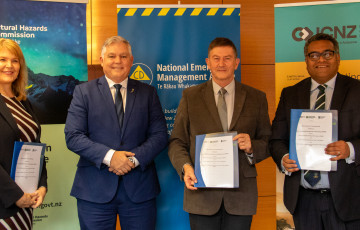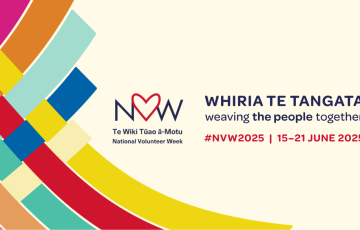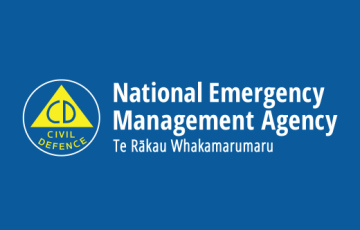Media Release: Encouraging start for Emergency Mobile Alert
New Zealand’s new Emergency Mobile Alert system has been well received by New Zealanders, according to an independent survey commissioned by the Ministry of Civil Defence & Emergency Management (MCDEM).
MCDEM Director Sarah Stuart-Black says the first live nationwide test was conducted on 26 November last year, and the Colmar Brunton survey findings show that it met expectations, and that the public values the new system.
“We predicted that about a third of Kiwis would receive the first test message, and that’s proven to be spot on. That number increases to around half of Kiwis when you include people who were near somebody who received an alert. It’s an encouraging start, and we know those numbers are set to increase substantially as people replace their handsets over time.
“It’s also clear that Kiwis really value having this new channel to help keep them and their loved ones safe, with nearly three in four people expressing confidence in the Emergency Mobile Alert system.
“The system brings some real benefits - we can geographically target areas, we don’t need your personal details, and it doesn’t get affected by network congestion.”
Next steps
Mrs Stuart-Black says MCDEM is now working closely with providers to identify and implement further improvements to the system.
She says that the broadcast of the test message was a success, with the transmission reaching all parts of New Zealand with cell reception. The next challenge is improving the system’s performance at the receiving end by addressing issues with various mobile phone models.
“The broadcast of the message was a success, but there are still some issues at the receiving end. The nationwide test was valuable in highlighting variability in how different models of mobile phones behaved. To address this, we’re working with providers to identify enhancements to software and default settings that will bring greater reliability and consistency.
“Over time, more people will be able to receive the alerts – even those with basic, cheaper phones.”
Most new handsets sold in New Zealand are compatible with Emergency Mobile Alert, with some retailing for as little as $49. Phones bought overseas or through parallel importers may not receive Emergency Mobile Alerts as they may not be configured specifically for New Zealand.
Other findings
Mrs Stuart-Black says the survey also showed that lower percentages of older people, rural people and people on low incomes received the test alert. This is expected to improve as compatible devices become cheaper and more readily available. Mrs Stuart-Black also stressed the importance of staying informed through other emergency information channels.
“Emergency Mobile Alert should be seen as an additional information channel, rather than the be-all and end-all. It’s as important as ever to use radio, TV, social media and websites to get information and advice when an emergency happens, and to pay attention to the natural warning signs. Remember – if you’re near the coast and you experience an earthquake that is long or strong, get gone.”
Key findings from the survey are:
• 34% of New Zealanders received the alert on their phones
• 49% either received the alert or were near someone who did
• 72% of mobile users believe the EMA system will be an effective way of alerting New Zealanders in an emergency
• 66% of New Zealanders were aware of the Emergency Mobile Alert system prior to the test taking place
The survey findings are available online.
Emergency Mobile Alert uses cell broadcast technology to send alerts to all compatible mobile phones within a geographically defined area. Alerts can be issued by a range of Government agencies to warn the public of threats to life, health or property. The system is administered by MCDEM.
Find out more about Emergency Mobile Alerts.
Published: Feb 9, 2018, 11:44 AM



